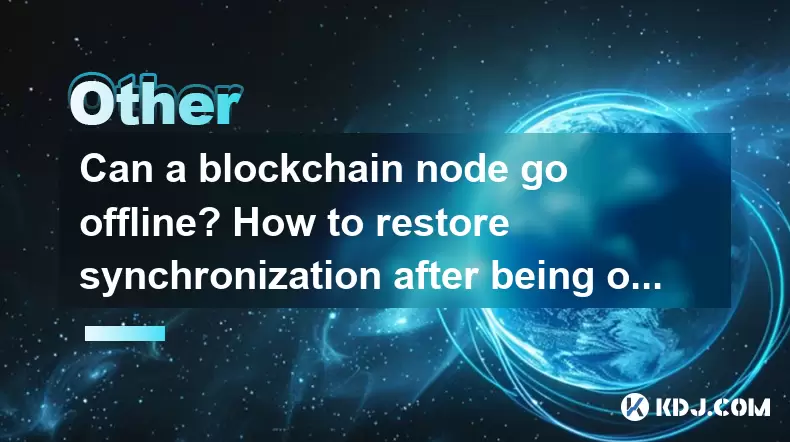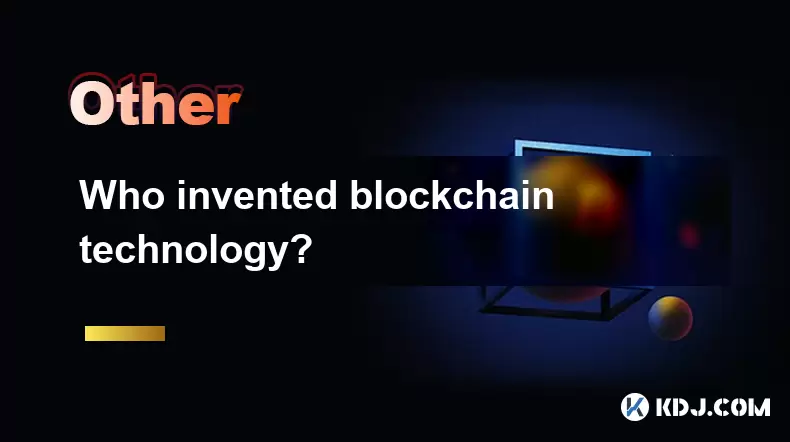-
 Bitcoin
Bitcoin $114800
-3.31% -
 Ethereum
Ethereum $3641
-5.84% -
 XRP
XRP $2.948
-6.36% -
 Tether USDt
Tether USDt $0.9998
-0.03% -
 BNB
BNB $772.4
-3.97% -
 Solana
Solana $169.1
-6.68% -
 USDC
USDC $0.9999
-0.01% -
 Dogecoin
Dogecoin $0.2056
-8.09% -
 TRON
TRON $0.3247
-0.18% -
 Cardano
Cardano $0.7239
-7.43% -
 Hyperliquid
Hyperliquid $39.71
-8.60% -
 Stellar
Stellar $0.3912
-7.84% -
 Sui
Sui $3.510
-10.17% -
 Chainlink
Chainlink $16.59
-8.03% -
 Bitcoin Cash
Bitcoin Cash $560.5
-3.65% -
 Hedera
Hedera $0.2464
-10.08% -
 Avalanche
Avalanche $22.03
-7.87% -
 Ethena USDe
Ethena USDe $1.001
-0.02% -
 UNUS SED LEO
UNUS SED LEO $8.947
0.21% -
 Toncoin
Toncoin $3.389
-2.58% -
 Litecoin
Litecoin $104.9
-5.23% -
 Shiba Inu
Shiba Inu $0.00001220
-6.67% -
 Polkadot
Polkadot $3.652
-6.10% -
 Uniswap
Uniswap $9.213
-9.05% -
 Monero
Monero $307.2
-2.93% -
 Dai
Dai $0.9998
-0.02% -
 Bitget Token
Bitget Token $4.367
-2.89% -
 Cronos
Cronos $0.1374
-6.80% -
 Pepe
Pepe $0.00001056
-8.65% -
 Aave
Aave $257.3
-7.31%
Can a blockchain node go offline? How to restore synchronization after being offline?
A blockchain node can go offline due to hardware failures, internet issues, or power outages, but it can resynchronize by restarting and updating its software.
May 15, 2025 at 10:42 pm

Can a Blockchain Node Go Offline?
Yes, a blockchain node can go offline. A blockchain node is essentially a computer connected to the blockchain network that helps validate and relay transactions. If the computer running the node experiences power outages, internet connectivity issues, or hardware failures, the node can go offline. When a node goes offline, it stops participating in the network's consensus mechanism and can no longer validate or relay transactions until it comes back online.
Reasons for a Node Going Offline
There are several reasons why a blockchain node might go offline. Hardware failures such as a malfunctioning hard drive or a power supply unit can cause the node to stop functioning. Internet connectivity issues can also lead to a node going offline, as the node needs a stable internet connection to communicate with other nodes on the network. Power outages are another common reason, as the node requires electricity to operate. Additionally, software issues such as bugs or crashes in the node software can cause the node to go offline.
Impact of a Node Going Offline
When a node goes offline, it no longer contributes to the network's consensus mechanism. This means that the node cannot validate new transactions or blocks, and it will not relay information to other nodes. While a single node going offline typically does not significantly impact the overall health of the blockchain network, if a large number of nodes go offline simultaneously, it could potentially disrupt the network's ability to process transactions efficiently.
How to Restore Synchronization After Being Offline
Restoring synchronization after a node has been offline involves several steps to ensure that the node catches up with the latest state of the blockchain. Here is a detailed guide on how to restore synchronization:
Restart the Node: The first step is to ensure that the node is back online. If the node went offline due to a power outage or hardware failure, fix the issue and restart the node.
Check Internet Connectivity: Ensure that the node has a stable internet connection. A node cannot synchronize with the blockchain without a reliable internet connection.
Update Node Software: If the node went offline due to a software issue, check for any updates or patches for the node software. Install the latest version to prevent future issues.
Resynchronize the Blockchain: Once the node is back online and the software is up to date, the node will automatically start resynchronizing with the blockchain. This process involves downloading and verifying all the blocks that were added to the blockchain while the node was offline.
Monitor Synchronization Progress: Use the node's interface or command-line tools to monitor the synchronization progress. This will help you ensure that the node is catching up with the blockchain correctly.
Verify Synchronization: Once the node has finished resynchronizing, verify that it is fully synchronized with the blockchain. This can be done by checking the node's block height against the current block height of the blockchain.
Common Issues During Resynchronization
During the resynchronization process, several issues might arise. Slow internet connection can significantly slow down the resynchronization process. If this is the case, consider upgrading your internet connection or temporarily moving the node to a location with a faster connection. Corrupted data can also cause issues during resynchronization. If the node encounters corrupted data, it may need to re-download certain blocks or even the entire blockchain. In such cases, it is important to ensure that the node's storage is in good condition and that there is enough free space to store the blockchain data.
Best Practices to Prevent Nodes from Going Offline
To minimize the risk of a node going offline, there are several best practices that node operators can follow. Use reliable hardware to run the node, as high-quality hardware is less likely to fail. Implement redundancy by running multiple nodes in different locations to ensure that at least one node remains online if another goes offline. Regularly update the node software to fix any bugs or security vulnerabilities that could cause the node to go offline. Monitor the node's performance and internet connectivity to quickly identify and resolve any issues that could lead to the node going offline.
Frequently Asked Questions
Q: Can a node go offline without affecting the blockchain network?
A: Yes, a single node going offline typically does not significantly impact the overall health of the blockchain network. However, if a large number of nodes go offline simultaneously, it could potentially disrupt the network's ability to process transactions efficiently.
Q: How long does it take for a node to resynchronize with the blockchain?
A: The time it takes for a node to resynchronize with the blockchain depends on several factors, including the node's internet connection speed, the size of the blockchain, and the node's hardware performance. It can take anywhere from a few hours to several days.
Q: Can a node be configured to automatically restart if it goes offline?
A: Yes, many node software solutions offer features to automatically restart the node if it goes offline. This can be configured in the node's settings or through the use of external monitoring and management tools.
Q: What should I do if my node keeps going offline frequently?
A: If your node keeps going offline frequently, you should investigate the root cause of the issue. Check for hardware failures, internet connectivity problems, and software issues. Implementing redundancy and regularly updating the node software can also help prevent frequent outages.
Disclaimer:info@kdj.com
The information provided is not trading advice. kdj.com does not assume any responsibility for any investments made based on the information provided in this article. Cryptocurrencies are highly volatile and it is highly recommended that you invest with caution after thorough research!
If you believe that the content used on this website infringes your copyright, please contact us immediately (info@kdj.com) and we will delete it promptly.
- Bitcoin, Ethereum, and Investor Behavior: A New York Minute on Crypto Trends
- 2025-08-01 15:10:12
- Tether's Q2 Triumph: USDT Supply Soars Amidst Profit Surge!
- 2025-08-01 15:10:12
- Ethereum ETF Holdings: A Corporate Treasury Revolution?
- 2025-08-01 15:30:12
- Ethereum's Wild Ride: Funding Rates, Price Drops, and Retail to the Rescue!
- 2025-08-01 15:30:12
- Ethereum Under Pressure: Crypto Market Drop Explained
- 2025-08-01 15:35:11
- Ethereum ETF Mania: Inflows Surge, Market Rises, What's Next?
- 2025-08-01 15:35:11
Related knowledge

How to start a business using blockchain?
Jul 28,2025 at 12:36am
Understanding the Basics of Blockchain TechnologyBefore diving into the process of starting a business using blockchain, it's crucial to understand wh...

What is a token on the blockchain?
Jul 21,2025 at 07:00am
Understanding the Concept of a TokenIn the realm of blockchain technology, a token is a digital representation of an asset or utility that exists on a...

Can blockchain be used for identity verification?
Jul 18,2025 at 02:14pm
Understanding Identity Verification in the Digital AgeIn the modern digital landscape, identity verification has become a critical component for ensur...

What is a consensus mechanism in blockchain?
Jul 21,2025 at 03:01am
Understanding the Basics of Consensus MechanismsA consensus mechanism is a critical component of any blockchain network. It refers to the process by w...

How to explain blockchain to someone with no tech background?
Jul 18,2025 at 11:08pm
Understanding the Basics of BlockchainTo explain blockchain to someone with no tech background, it's essential to start with simple analogies and avoi...

Who invented blockchain technology?
Jul 23,2025 at 01:28am
Origins of Blockchain TechnologyBlockchain technology did not emerge from a single inventor or institution. Instead, it evolved through a series of ac...

How to start a business using blockchain?
Jul 28,2025 at 12:36am
Understanding the Basics of Blockchain TechnologyBefore diving into the process of starting a business using blockchain, it's crucial to understand wh...

What is a token on the blockchain?
Jul 21,2025 at 07:00am
Understanding the Concept of a TokenIn the realm of blockchain technology, a token is a digital representation of an asset or utility that exists on a...

Can blockchain be used for identity verification?
Jul 18,2025 at 02:14pm
Understanding Identity Verification in the Digital AgeIn the modern digital landscape, identity verification has become a critical component for ensur...

What is a consensus mechanism in blockchain?
Jul 21,2025 at 03:01am
Understanding the Basics of Consensus MechanismsA consensus mechanism is a critical component of any blockchain network. It refers to the process by w...

How to explain blockchain to someone with no tech background?
Jul 18,2025 at 11:08pm
Understanding the Basics of BlockchainTo explain blockchain to someone with no tech background, it's essential to start with simple analogies and avoi...

Who invented blockchain technology?
Jul 23,2025 at 01:28am
Origins of Blockchain TechnologyBlockchain technology did not emerge from a single inventor or institution. Instead, it evolved through a series of ac...
See all articles

























































































